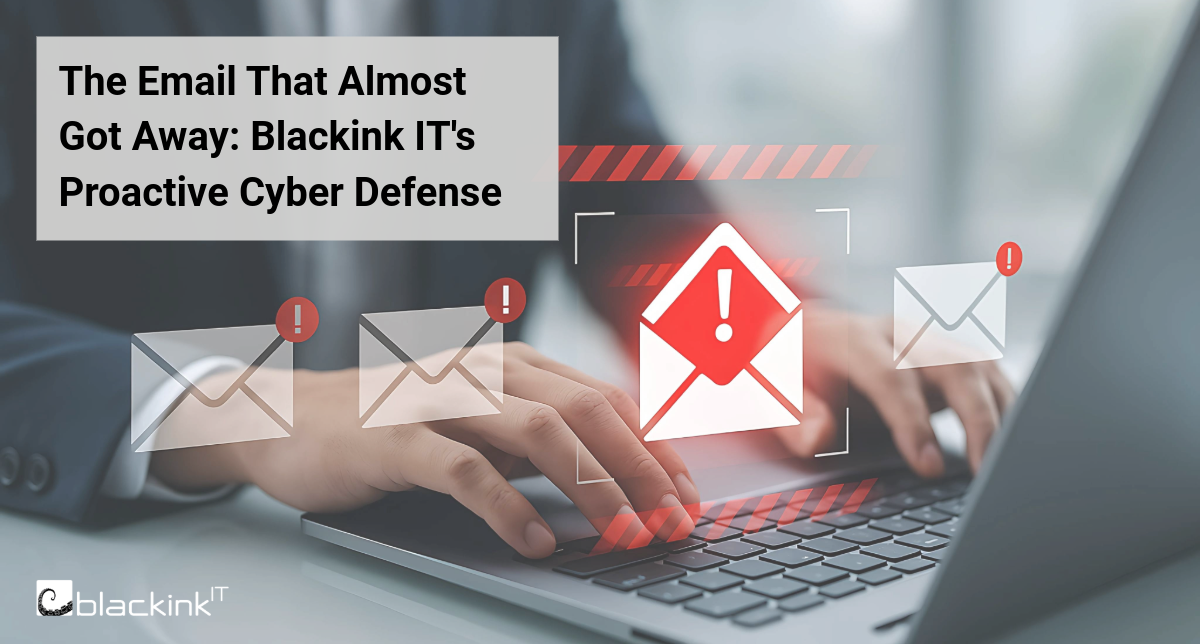One of the primary areas of focus for every organization should be how to create a safe cyber-culture, and how to get engage employees within that culture. Largely, cybersecurity relates to processes set in place to help secure sensitive company data. Ensuring your company’s data is secure, especially in world with an ever-increasing presence of cyber-attacks, can seem challenging. It can also be challenging to continually educate your employees on the latest developments in cybersecurity, so that they are well-equipped to protect your organization.
That’s why, when analyzing your organization to determine if the safeguards you’ve invested in are working, you need to have valid key performance indicators (KPI’s). KPI’s are useful to assess your organization’s current security standing, track your progress, and help your decision-making process.
7 KPI's of a Cyber Safe Culture
There are 7 basic KPI’s (or controls) you can use to assess your company’s current cybersecurity standing:
1) Device and Asset Inventory
It is crucial for your organization to maintain an updated inventory of all its technology assets. This includes computers, laptops, servers, mobile devices, and any other equipment connected to your network. Knowing what devices are present and where they are located helps you effectively manage and secure your infrastructure.
2) Addressing Unauthorized Hardware Assets
Is your organization proactively identifying and addressing unauthorized hardware assets? This involves continuously monitoring and controlling the devices connected to your network to prevent any unauthorized or unknown devices from accessing sensitive information. Promptly removing or quarantining such devices is crucial to maintaining a secure environment.
3) Authorized Software Inventory
Keeping a comprehensive list of authorized software is essential for maintaining a secure environment. This allows you to track and manage the software applications installed on your organization's devices. By maintaining an inventory of authorized software, you can identify any unauthorized or potentially harmful software that may have been installed without approval.
4) Addressing Unauthorized Software Assets
It’s important for your organization to be diligent in removing and preventing the use of unauthorized software on business systems. Unauthorized software can pose security risks and potentially expose your network to vulnerabilities. By regularly auditing and addressing unauthorized software assets, you can mitigate the risk of unauthorized access, data breaches, and potential legal issues.
5) Changing Default Passwords and Credentials
Your organization should have strong password and credential requirements in place to protect sensitive information. Regularly changing default passwords and credentials is crucial to prevent unauthorized access to your systems. Implementing strong password policies, such as enforcing complexity requirements and regular password updates, helps safeguard your organization's data from potential breaches.
6) Use Only Dedicated Accounts
Utilizing dedicated accounts for employees rather than a single shared account enhances security. By assigning unique accounts to each individual, you can effectively manage user access, track activities, and minimize the risk of unauthorized access. Shared accounts make it difficult to attribute actions to specific individuals and increase the likelihood of security breaches.
7) Active Audit Logging
Maintaining active audit logs is crucial for your organization's ability to retrieve necessary information during internal or external audits. Audit logs provide a "paper-trail" of activities, allowing you to identify and investigate any suspicious or unauthorized actions. In the event of a security incident or breach, active audit logging becomes vital for understanding the source of the attack and taking appropriate actions.
Ready to Improve Your Security Posture?
For more information on the above indicators and how to begin improving your security posture, be sure to reach out to the security experts at Blackink IT today!



.png)


